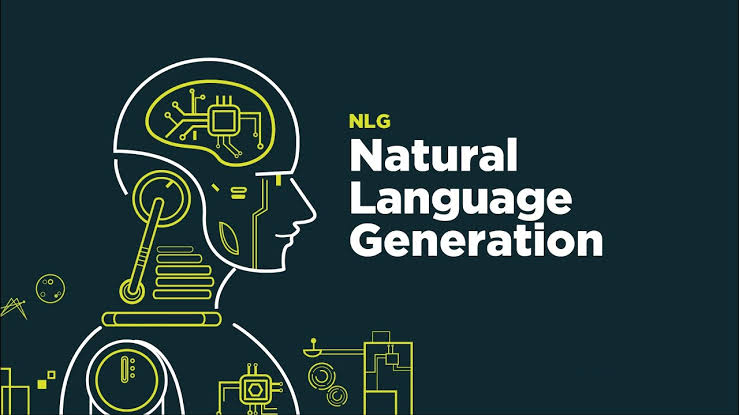Natural Language Generation (NLG) is branch of artificial intelligence. It focuses on enabling machines to produce human-like text. Technology has evolved significantly. It has transformed how computers interact with us through written communication. Article explores principles behind NLG. Its applications. And implications for various industries.
Natural Language Generation involves creating coherent and contextually relevant text from data inputs. At its core NLG leverages algorithms and models to generate text that mimics human writing patterns. These systems are designed to process large amounts of data. The output is natural-sounding language. This can be used in variety of applications from chatbots to automated report generation.
NLG systems generally follow series of steps to produce text. The process begins with data collection and preprocessing. Raw data is gathered and cleaned. This data is then analyzed to identify key information and relationships. The next step involves generating text based on processed data. Algorithms ensure the output is grammatically correct and contextually appropriate. Finally text is refined and adjusted to enhance readability. Coherence is also checked.
Applications of Natural Language Generation
NLG has a wide range of applications across different fields. In business, NLG is often used for generating reports and summaries. For example, financial institutions use NLG to create detailed financial reports based on complex data sets. This helps streamline reporting processes and provides clearer insights for decision-makers.
In customer service, NLG powers chatbots and virtual assistants that can engage in natural conversations with users. These systems can handle a variety of queries, provide support, and even personalize interactions based on user data. This enhances the efficiency of customer service operations and improves user satisfaction.
Another significant application of NLG is in content creation. News organizations and media companies use NLG to generate articles, summaries, and other content automatically. This allows for faster content production and enables journalists to focus on more complex tasks, such as investigative reporting.
Challenges and Limitations
Despite its advancements, NLG faces several challenges. One major issue is ensuring the generated text is both accurate and contextually relevant. NLG systems must be trained on diverse and high-quality data to produce reliable output. Additionally, the algorithms used in NLG need to be constantly updated and refined to handle new types of data and evolving language patterns.
Another challenge is avoiding biases in generated text. If the data used to train NLG systems contains biases, these biases can be reflected in the output. Ensuring fairness and neutrality in NLG applications is crucial to prevent the perpetuation of stereotypes and misinformation.
The Future of Natural Language Generation
The future of NLG looks promising, with ongoing research and development aimed at improving the technology. Advances in machine learning and natural language processing are expected to enhance the capabilities of NLG systems. These improvements will likely lead to more sophisticated and context-aware text generation, making NLG even more valuable in various applications.
As NLG technology continues to evolve, it will play an increasingly important role in our daily lives. From automated content creation to enhanced customer service interactions, NLG has the potential to transform how we communicate and interact with technology. By addressing current challenges and leveraging emerging advancements, NLG will continue to push the boundaries of what machines can achieve in the realm of human-like text generation.
